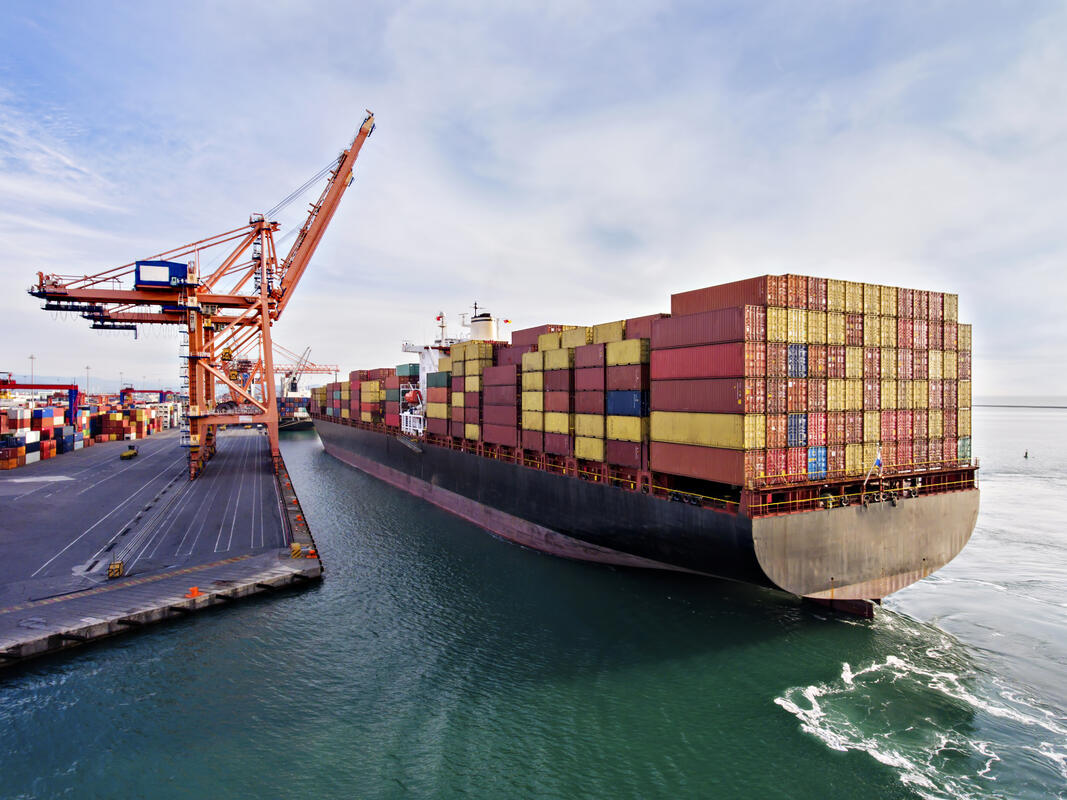Time:2021-03-26 Publisher:Kevin Num:7471

Can you imagine that a ship can successfully unload at the port without anyone operating it? However, this situation really happened at Caofeidian Port in Beijing, China. With the continuous development of technology and the advent of the digital age, it has affected the logistics business, and most importantly, it is being used for port innovation. Are you interested in learning about the development trend of the logistics market? Then you have come to the right place. We will list some important trends in port innovation in the next few years for your attention.
Robotics and automation
In logistics business and port operations, forklifts have always been a vital component. But with the development of new technologies such as artificial intelligence (AI), robotics, and the Internet of Things, we have seen changes. The use of robots and automated machinery to pick up products is becoming a reality. Moreover, this embodiment brings a lower cost and a more flexible way for cargo handling.
In addition, we often hear the term "smart port". They not only use automation, but also adopt comprehensive technical solutions to make their operations safer, more efficient and sustainable. To achieve this goal, they adopted automated cranes (stacking, ship-to-shore, etc.), self-driving trucks, blockchain technology, and digital instruments that replace traditional radio and radar communications between captains, port navigators, and terminal operators Disk etc.
Terminal drone
One of the major port innovations we have heard of is the use of drones in ports, terminals, and maritime facilities around the world. This technology is mainly used for measurement and observation, but port operators are expanding its scope of use.
They are using drones as cargo handlers, as well as to manage inventory and perform management tasks. The development of this technology can also help monitor ship damage, conduct search and rescue operations, assess environmental pollution, and conduct surveillance tasks.



